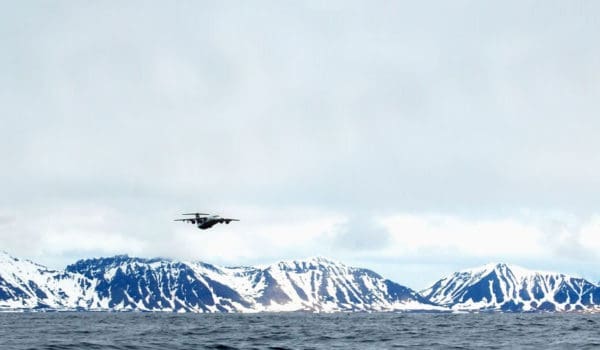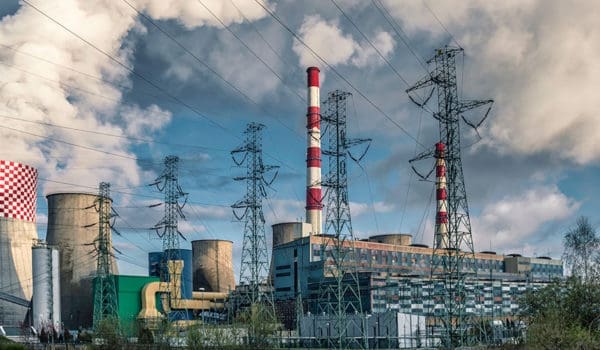Understanding atmospheric methane has never been more crucial. Over 100 countries have pledged to reduce emissions by 30% compared to 2020, in order to limit warming to 1.5 degrees as part of the ‘global methane pledge’.
“The effectiveness of the methane pledge will depend not only on our ability to cut emissions, but also developments in emissions from natural sources. They have the potential to offset any gains from reductions in man-made emissions”, says senior scientist Stephen Platt.
Ground measurements meet satellite data
Platt leads the new project ReGAME, REliable Global Methane Emissions estimates in a changing world. They aim to find out exactly why the levels of atmospheric methane are increasing, and what will happen in the future.
Part of the global methane pledge is to further develop methodologies to quantify methane emissions. In ReGAME, the scientists will be using ground-based measurement data from the ICOS network and other data, combined with satellite data from Sentinel 5P in their chemistry transport models. This will expand their data coverage and make their assessment of the global methane budget more reliable. As a follow-up to the MOCA project, they will also continue to perform measurements over the ocean.
“We will actually be the first to use satellite data in an advanced inversion model framework”, says Platt. “At the end of the project, we will evaluate the benefit of including satellite data. If we find it useful, these improvements to the models can be reused to better understand emissions of all the main greenhouse gases in the future.”
Methane is key to Paris agreement goals
Methane is a powerful greenhouse gas, and its ongoing increases threaten to derail the Paris Agreement goal of limiting warming to 2°C. Developments in atmospheric methane are therefore key to assessing climate change and the effectiveness of mitigation strategies.
“If our method development is a success, we can massively reduce uncertainty on methane levels and development”, says senior scientist and co-leader Cathrine Lund Myhre. “We will also expand our knowledge of what needs to be done to follow the IPCC’s pathway of reduce climate warming.”
As a greenhouse gas, methane offers both risks and rewards. A major risk is from temperature sensitive natural sources, particularly at high latitudes, e.g., wetlands, permafrost, wildfires, gas hydrates etc. They can release vast quantities of methane, and we have no way of directly controlling these sources.
On the other hand, is methane’s short atmospheric lifetime compared to CO2. If we are able to reduce methane emissions, it will have a noticeably fast impact on limiting global temperature increases.
“Even if we see signs that methane levels will rise more than we have predicted so far, we want to know about it early enough to be able to do something about it”, says Lund Myhre.








